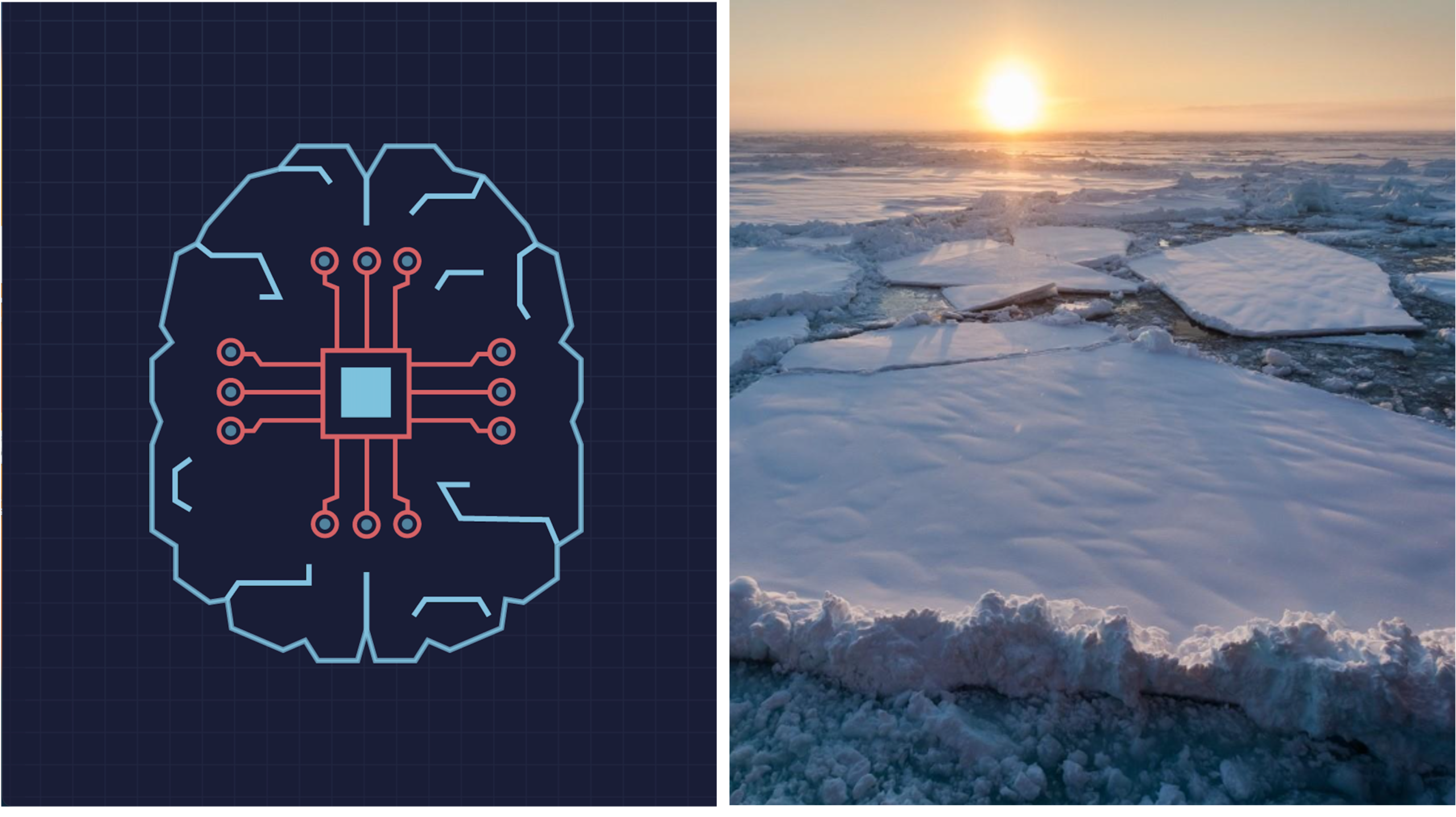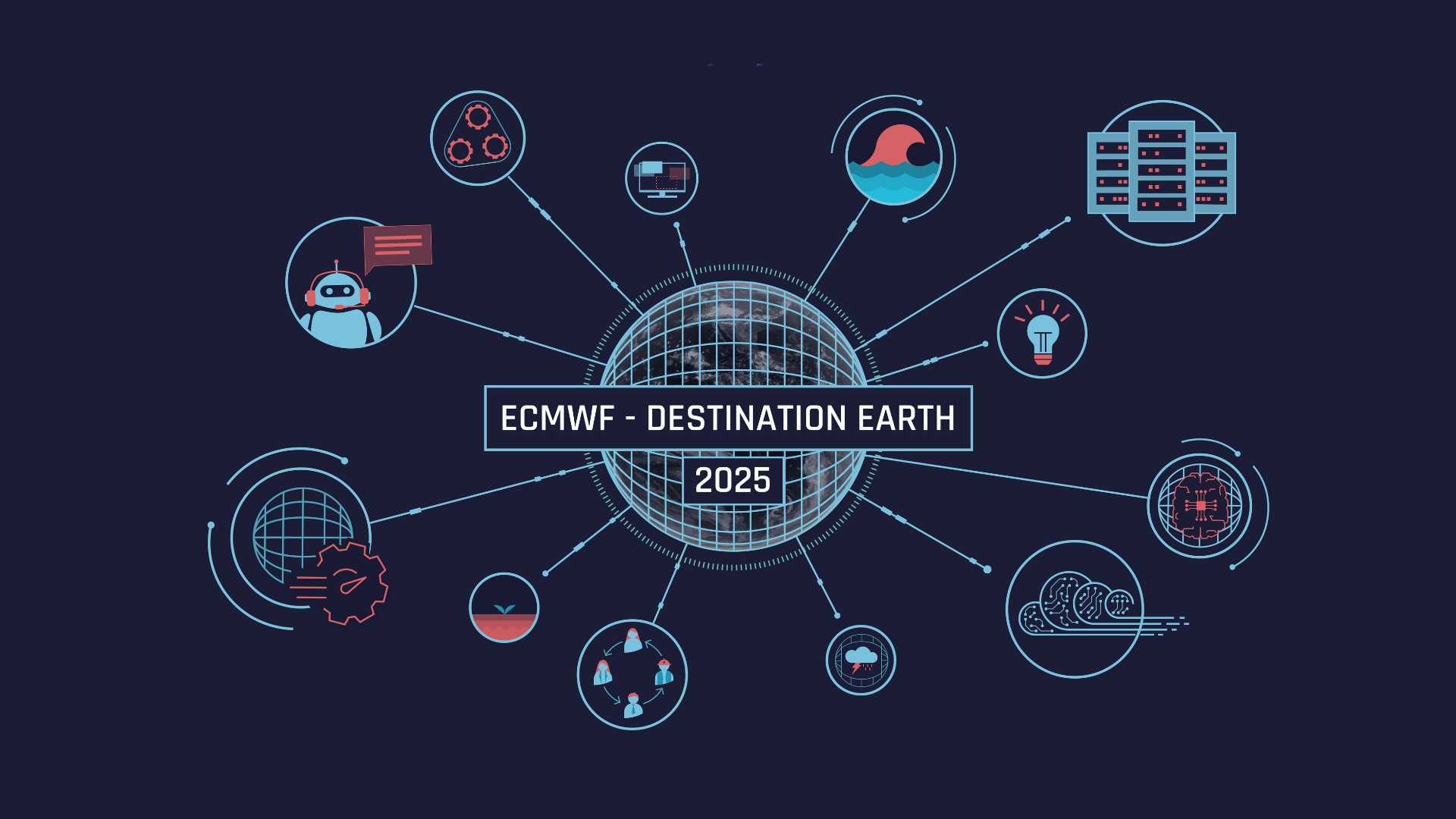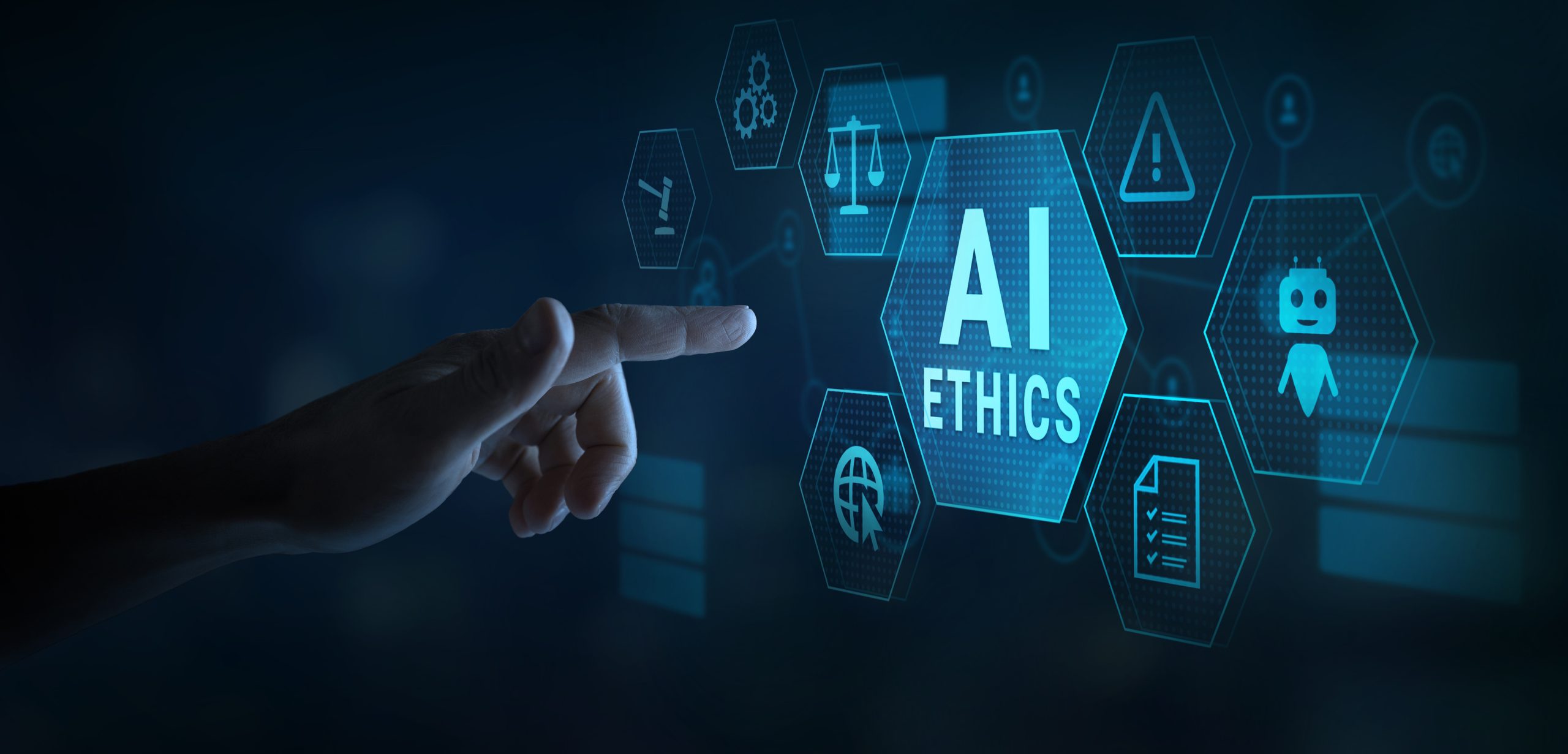
Director-General of ECMWF Florence Rabier and Director for Destination Earth at ECMWF Irina Sandu reflect on the launch of Destination Earth (DestinE). The DestinE system was launched from the EuroHPC LUMI facilities in Kajaani, Finland on 10 June 2024. The European Commission Executive Vice-President for a Europe Fit for the Digital Age Margrethe Vestager led the ceremony to mark the beginning of the second phase of this important initiative of the European Commission.
ECMWF had a significant presence at the event to unveil the fast-paced progress made in the development of the first two high-priority digital twins and the Digital Twin Engine. Director-General of ECMWF Florence Rabier, Deputy Director Florian Pappenberger and Irina Sandu, Director for Destination Earth at ECMWF as well as a number of key scientists involved in the initiative were present in Kajaani to share the latest developments with the participants and those who followed the event online. The launch was an opportunity to celebrate the progress made but also to exchange ideas for the future.
In the wake of the Destination Earth system launch, we spoke to Florence Rabier and Irina Sandu.
Florence Rabier: “We are delivering fast thanks to our experience developing operational earth system models”
Florence Rabier has been the Director-General of ECMWF since 2016, after two years leading the Centre’s Forecast Department. During the launch event, she participated at the panel discussion “The road to the launch” with Deputy Director-General of the DG CNECT, European Commission Thomas Skordas, Director-General of the European Organisation for the Exploitation of Meteorological Satellites (EUMETSAT) Phil Evans, Simonetta Cheli, Director of Earth Observation Programmes at the European Space Agency (ESA) and Josephine Wood, Head of Unit Strategy and Governance, EuroHPC Joint Undertaking.
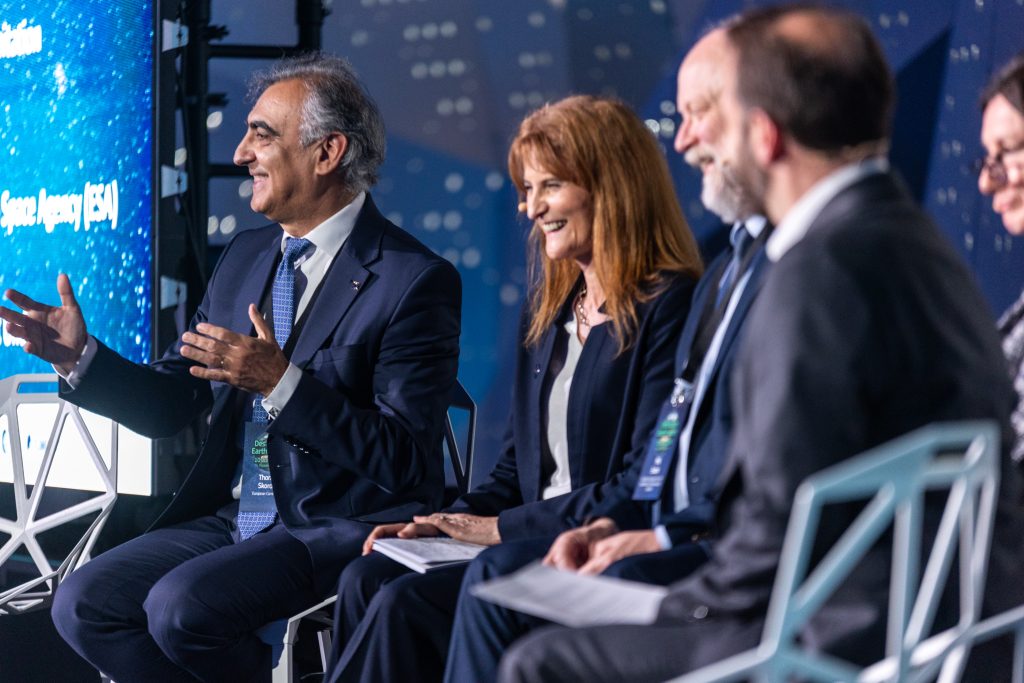
What did the DestinE launch mean for you as ECMWF Director-General?
Our contribution to the visionary EU initiative Destination Earth, the digital twins on Climate Change Adaptation and Weather-Induced Extremes and the Digital Twin Engine, represents a milestone in the expertise and savoir-faire developed at ECMWF over the last 50 years, with the support of our Member States.
We are delivering –and delivering fast– thanks to our experience developing operational earth system models and running them on HPC systems, providing two key Copernicus Services and more recently as the leading centre in Europe for developing AI-based weather modelling, with impressive results.
There was of course an enormous sense of achievement and accomplishment witnessing the launch because it is a result of the work of all of our staff from all departments. We’ve been driving research and innovation in the field for decades, including aspects of science, numerical modelling, HPC exploitation, data management, and more recently also data-driven modelling. We are also a strong European voice on climate change information, notably through our responsibility for the Copernicus Climate Change Service.
Our contribution to DestinE is a condensed version of all of this experience and we are proud that this initiative will help to serve our fellow citizens in facing the challenges posed by global warming and extreme events.
Of course, all of this is only possible with the support of our Member States, our strong partnerships with National Meteorological and Hydrological Services, excellence centres for climate science in Europe and the supercomputers made available by the EuroHPC Joint Undertaking. This is a great team effort, bringing together the strengths of three world-class European institutions, ECMWF, EUMETSAT and the European Space Agency under the Leadership of the Directorate General for Communications Networks, Content and Technology (DG CNECT) of the European Commission.
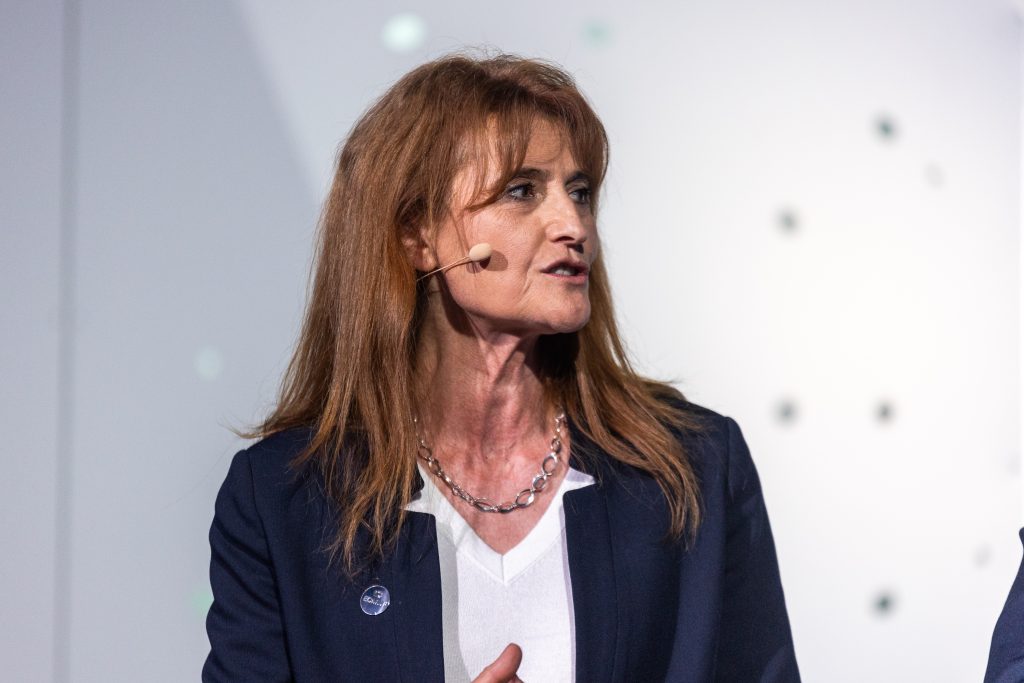
What is so new and revolutionary about Destination Earth and the digital twins?
DestinE is a game changer in the current climate crisis context. Our digital twins will enable to perform bespoke simulations, explore different scenarios and ask questions about how Earth will evolve under different conditions. In that sense, DestinE is a new type of information system that changes the paradigm of how climate and weather information is delivered.
Let me explain using an analogy. In the past, we could already use our phone to take a picture of the landscape that lay ahead of us, but that picture was limited in scope and a little blurry.
To be able to fully tackle the environmental issues that society faces, it was clear that we needed a much better, more powerful camera, with far higher resolution, a camera that could take more pictures, more often and give us an overview not just on what was ahead of us and in a few directions, but in every direction, and with flexibility. Only like this would it be possible to understand the landscape, predict how it might change in different scenarios and effectively plan for those changes.
The Destination Earth initiative goes beyond the status quo in all these dimensions:
It will take more frequent pictures by facilitating regular operational climate projections, which helps to support adaptation.
It will allow us to take the whole landscape into account, but also the potential outcomes, as it establishes an interactive earth system modelling framework that provides bespoke simulations to answer “what if” questions. And this while connecting earth system models directly with relevant models of the sectors most impacted, such as energy, impact and agriculture to name a few. Finally, continuing the picture analogy, DestinE improves greatly the resolution.
Thanks to the EuroHPC systems computing capabilities, we are producing simulations at the fine scales where the impacts are felt and with unprecedented quality. This combination of resolution, accuracy and flexibility is what makes these simulations Digital Twins.
I would also add that DestinE is an accelerator for innovation. At the moment, the most impressive developments are in AI/ML, a key priority area that ECMWF will continue to develop.
The opportunity that DestinE has in putting Europe on the map here is ours to take! DestinE and ECMWF are already largely contributing to this European AI-based weather and climate models leadership.
For delivering DestinE’s Digital Twins, we are working very closely with nearly 100 partners from around Europe. We have set up a unique modelling infrastructure adapted to the complex architectures of the different EuroHPC systems, which can now run global and regional simulations, at very high resolutions at both the weather (a few days ahead) and climate (several decades ahead) time scales.
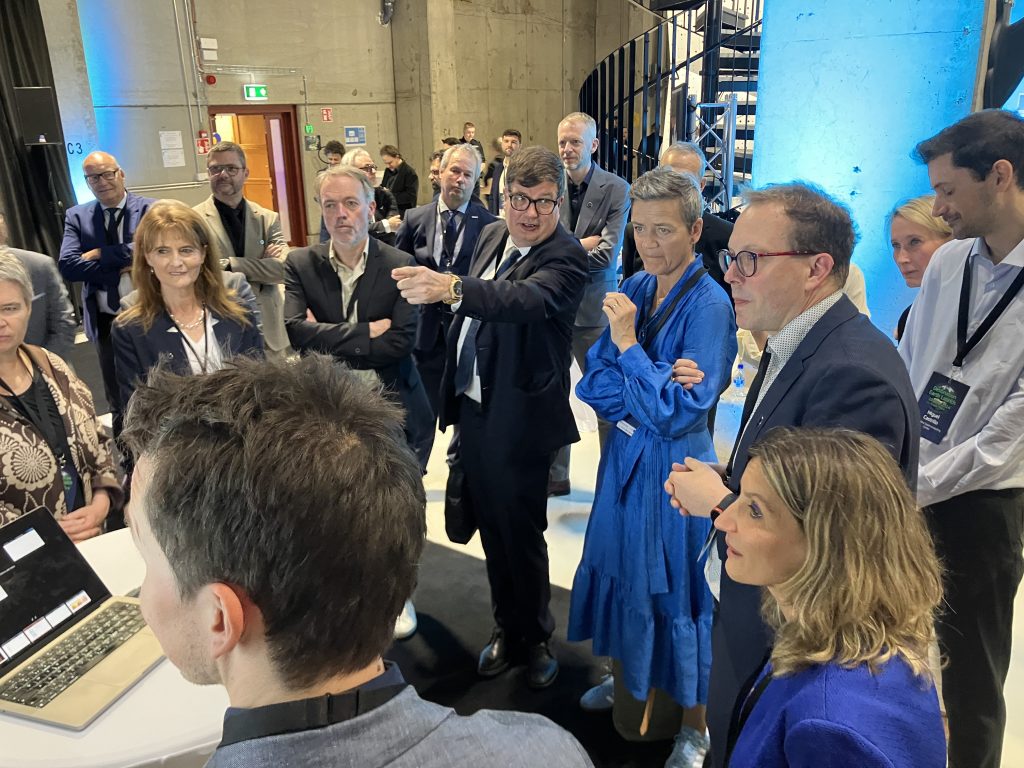
Why do we need a system like Destination Earth?
The European Commission demonstrated a strong vision when it decided to fund Destination Earth. Recent years, and especially the last months, have shown the extent at which the climate crisis is amplifying.
The Copernicus Climate Change Service, which ECMWF implements on behalf of the EU, has demonstrated that global mean temperature in 2023 was the highest since records began in 1940. Further, we have experienced the first 12-month period with an average global mean temperature above 1.5°C (1.63°C) compared to the pre-industrial era, and the first 12-month period with the global average temperature above 1.5°C for each month, not to mention the unprecedented streak of ocean surface temperature records.
The United Nations Secretary General Antonio Guterres started his special address “A moment of truth” on World Environmental Day referring to our data, urging a call for action. Our planet is changing in a way that poses an existential threat to us all. An information system that can provide more realistic data is not just advantageous, it is crucial.
In that sense, DestinE comes in at a perfect time, providing more detailed and impact-oriented information. As the various aspects of DestinE come together, it clearly shows that the EC had the right vision a few years ago to combine the idea of a platform to use the wealth of European data with this idea of building digital twins of the Earth.
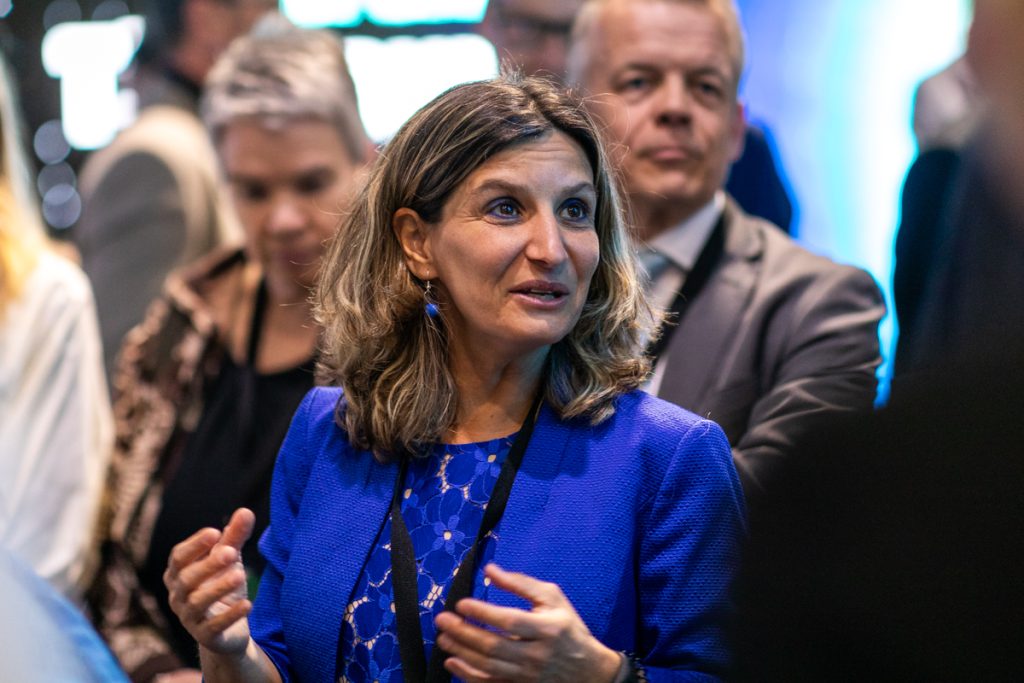
Irina Sandu: “DestinE wouldn’t be possible without the computing power and the support provided by EuroHPC JU”
Irina Sandu has been working in ECMWF since 2010, when she started working as a scientist on the representation of turbulent processes, leading the Physical Processes team for several years. She has also been closely involved in the EU H2020 project nextGEMS since its inception. She has been Director of DestinE at ECMWF since 2023 after being Science Lead for DestinE at ECMWF from January 2022.
Irina, what are the main contributions of ECMWF to date?
The Climate Digital Twin has made decisive steps in running the first simulations at unprecedented resolution for multi-decadal timescales. The ambitious objective is building the first operational climate projections capability that will run every year or less, compared to the current research-based climate models which are run only every seven years or more.
The Weather induced extremes DT is already delivering impressive results simulating past extreme events and our partners are working on the On Demand, regional capability that allows to zoom in on extreme events occurring over Europe and that also has very encouraging developments.
We are also seeing the capabilities of the Digital Twin Engine, which enables seamless operations of the digital twins, and as well as handling the huge amounts of data they generate and feeding it into applications tailored for the sectors most affected by climate change.
There are also exciting developments in artificial intelligence and machine learning, that will underpin for example quantifying the uncertainty of the digital twin simulations but also user experience and an enhancement of the interactivity of the DestinE system, with the objective of building the first European AI-based climate foundation model.
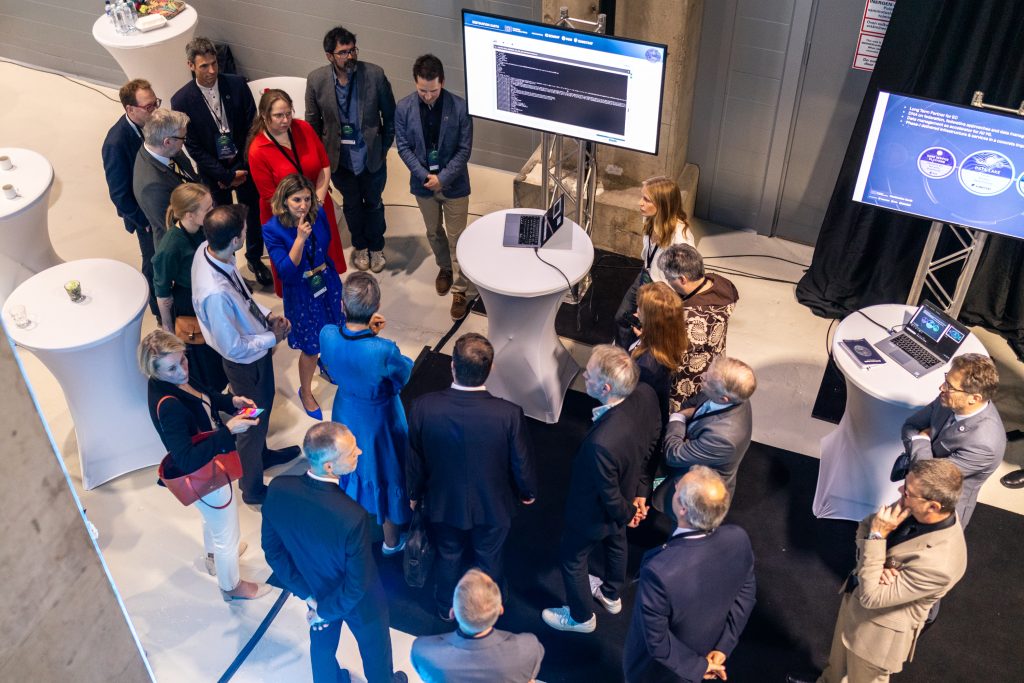
What were the main challenges to get here?
Developing a new information system in such a short timeframe of just over two years is exceptionally challenging. The prototype simulations we did with the Climate Change Adaptation Digital Twin, for example, are some of the most detailed climate simulations ever done – going from 100km to 5km resolution -and this on brand new computers which are among the largest and most cutting-edge supercomputers the world.
Developing these complex workflows on maturing HPC systems was a challenge but also an opportunity. We’ve learnt from each other and codesigned the system together with EuroHPC JU and the supercomputing sites to ensure that Europe’s investments in digital technologies translate into real world benefits for society.
Pushing the boundaries in climate and weather modelling comes of course with a number of scientific and technological questions.
We have ported the complex earth system simulation codes, developed over decades on very different machines, to the brand-new, high-end EuroHPC JU systems.
We have developed tools for making the petabytes of data generated by the digital twins efficiently accessible to a variety of users through the Digital Twin Engine and an innovative data-streaming concept.
We pulled in the European leading expertise on climate and weather modelling by involving them directly into the development of the Digital Twins to make sure we build on the latest available knowledge and we are co-designing these with relevant user institutions.
We started including the most recent developments in the field of AI/ML in the development of the Digital Twins to help quantify uncertainties in our simulations better and make the system more interactive. Have we overcome all these challenges? – No. But we have been making huge progress on all of these aspects, and I am confident that the impact will start becoming visible very soon.
Can you tell us more about the role of EuroHPC JU in this endeavour?
It’s quite simple: DestinE wouldn’t be possible without the computing power and the support provided by EuroHPC JU and the supercomputing sites. We had the theoretical scientific knowledge but before the initiative started, we didn’t have the computing capacity needed to run the highly detailed simulations of the digital twins, that were far beyond our supercomputing limits.
In a very short time span, ECMWF and its partners have successfully set up the digital twins, using cutting edge Earth system models in LUMI (Finland, CSC IT Center for Science), MareNostrum5 (Spain, Barcelona Supercomputing Center), Leonardo (Italy, Cineca) and Meluxina (Luxemburg, LuxProvide).
The strategic partnership between DestinE and EuroHPC, which is in itself a great example of European cooperation, has been a key driver of the initiative’s success to date. Without these machines the digital twins wouldn’t exist.
This is what ECMWF is known for in the community: being able to use these large computers, together with large Earth Observation data to create value for society through weather forecasting and climate projections.
I should point out that in the process, DestinE has also been playing a role in maturing these systems. We have been challenging EuroHPC to support the DestinE requirements, and in the process we have also contributed to improving these systems.
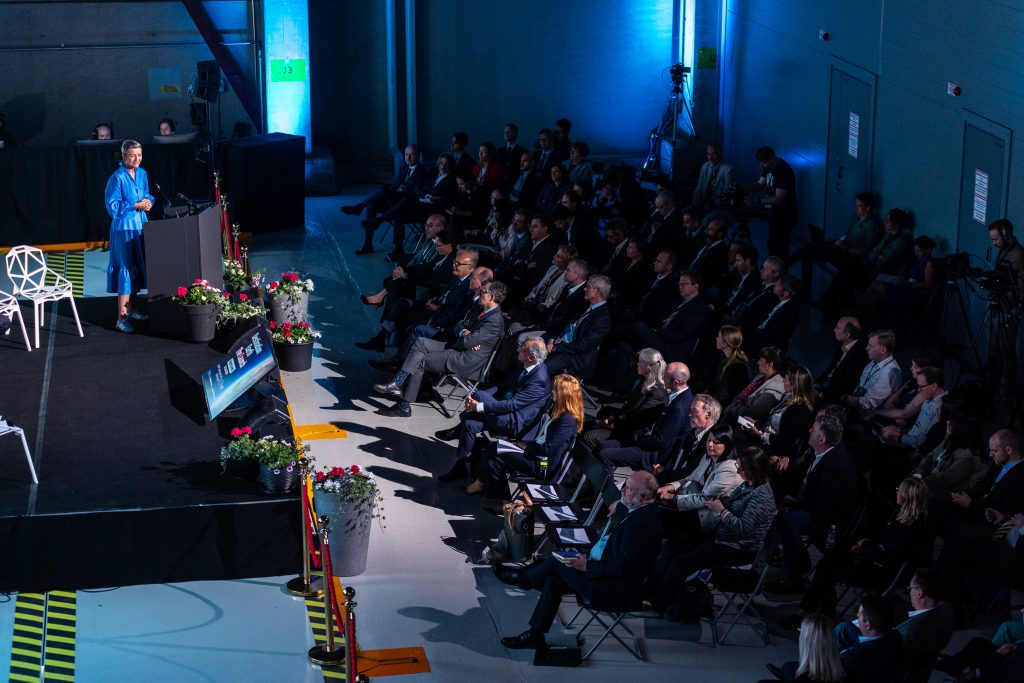
How does it feel now that the milestone of the launch of DestinE is behind us?
We are confident that the digital twins and the whole Destination Earth information system will be a game changer in Earth system sciences, supporting decision making and the users most impacted by climate change and weather extremes, so we are happy to see the first phase implementation successfully completed.
It has been two and a half very busy years for all the teams involved, inside ECMWF and for the partners working closely with us to deliver the system. At the same time, we are well aware that the busiest days lie ahead of us.
All in all, it’s a great satisfaction to work in this ambitious pioneering effort side by side with so many talented colleagues and partners, in the best tradition of European collaboration in climate weather and computing sciences. We are looking forward to the next exciting steps.
What’s next for ECMWF in DestinE?
All our efforts, together with our partners are now focused on the transition from this prototype system towards operations. We will keep working on streamlining processes, establishing robust quality control and working with our users in co-designing future evolutions of the system. ECMWF is pioneering in the integration of AI-based climate and weather models and these fast developments will also greatly benefit DestinE.
Our Member States and have already confirmed their commitment to the initiative and have greatly appreciated the first results.
In parallel, we work in close cooperation with the European Commission, EuroHPC, ESA and EUMETSAT to build a long-term operations framework always with the needs of the users in sight.
Destination Earth is a European Union-funded initiative launched in 2022, with the aim to build a digital replica of the Earth system by 2030. The initiative is being jointly implemented under the leadership of DG CNECT by three entrusted entities: the European Centre for Medium-Range Weather Forecasts (ECMWF), responsible for the creation of the first two ‘digital twins’ and the ‘Digital Twin Engine’, the European Space Agency (ESA) responsible for building the ‘Core Service Platform’, and the European Organisation for the Exploitation of Meteorological Satellites (EUMETSAT), responsible for the creation of the ‘Data Lake’.
We acknowledge the EuroHPC Joint Undertaking for awarding this project strategic access to the EuroHPC supercomputers LUMI, hosted by CSC (Finland), and the LUMI consortium, Marenostrum5, hosted by BSC (Spain) Leonardo, hosted by Cineca (Italy) and MeluXina, hosted by LuxProvide (Luxembourg) through a EuroHPC Special Access call.
More information about Destination Earth is on the Destination Earth website and the EU Commission website.
For more information about ECMWF’s role visit ecmwf.int/DestinE
For any questions related to the role of ECMWF in Destination Earth, please use the following email links:
